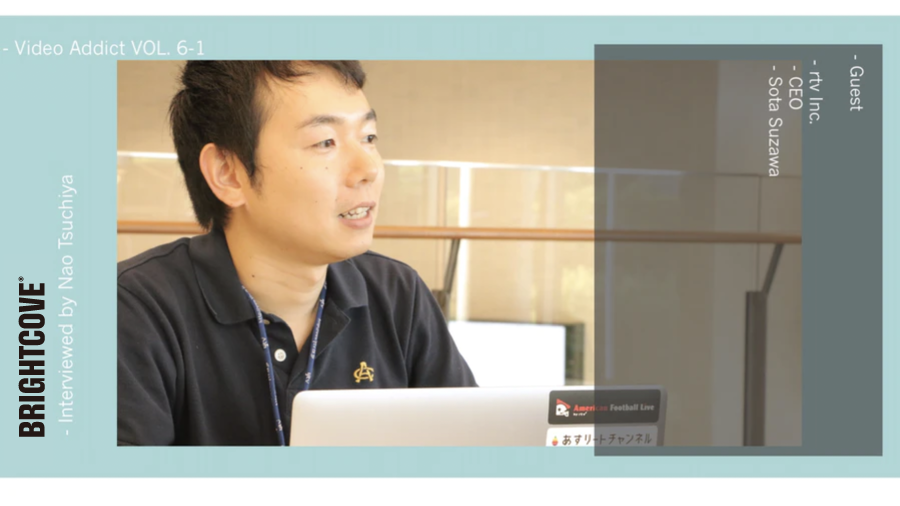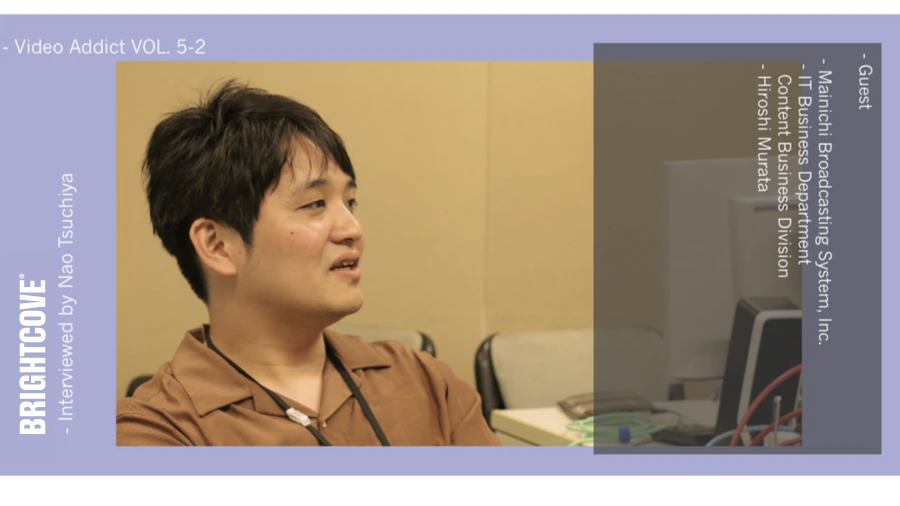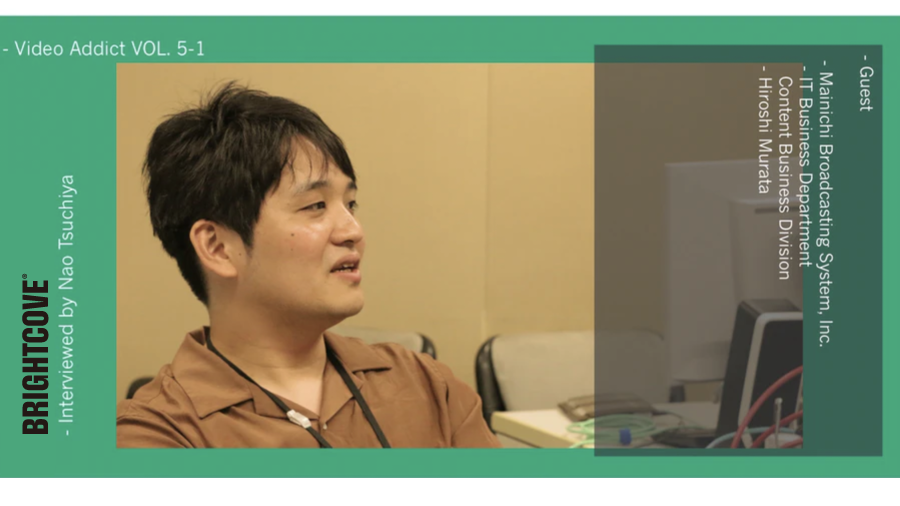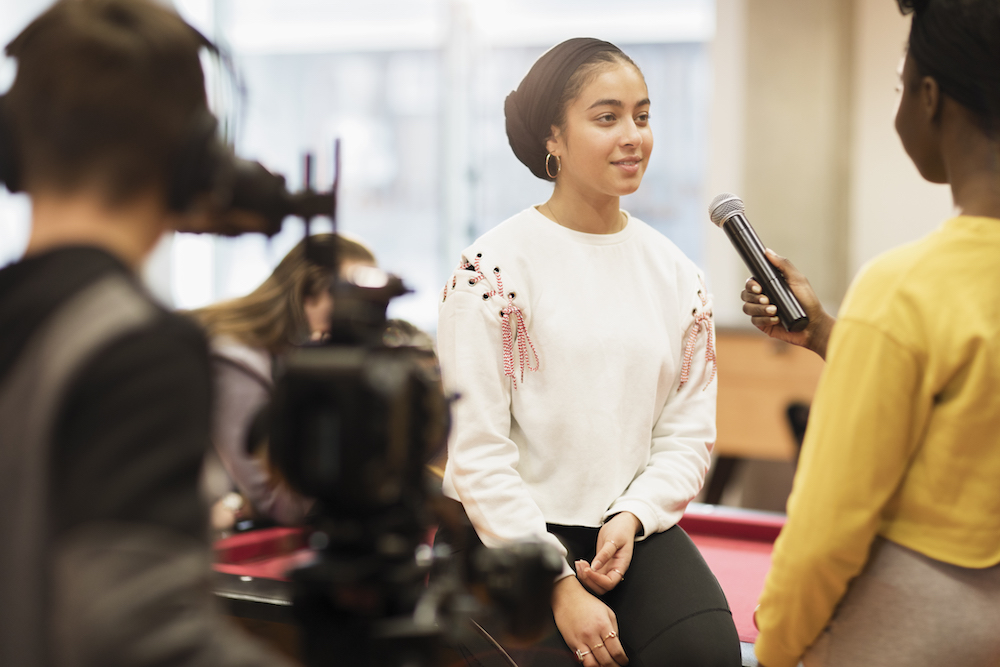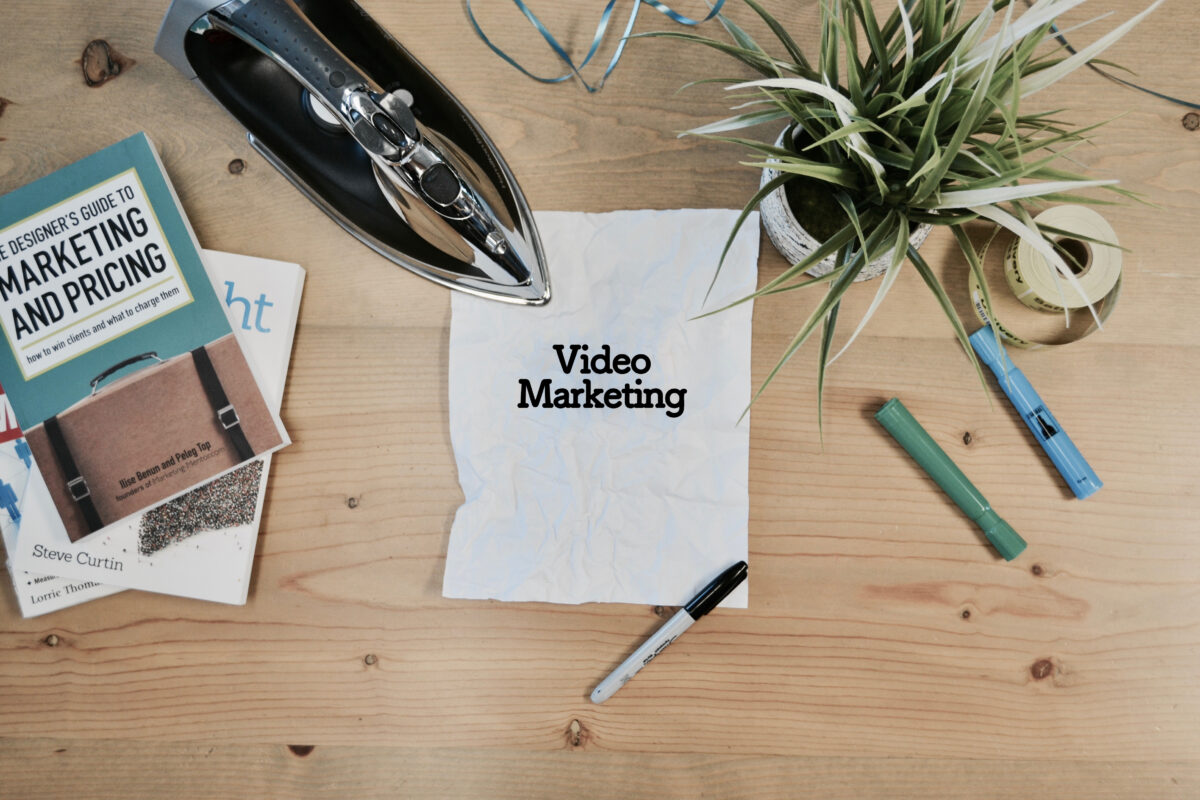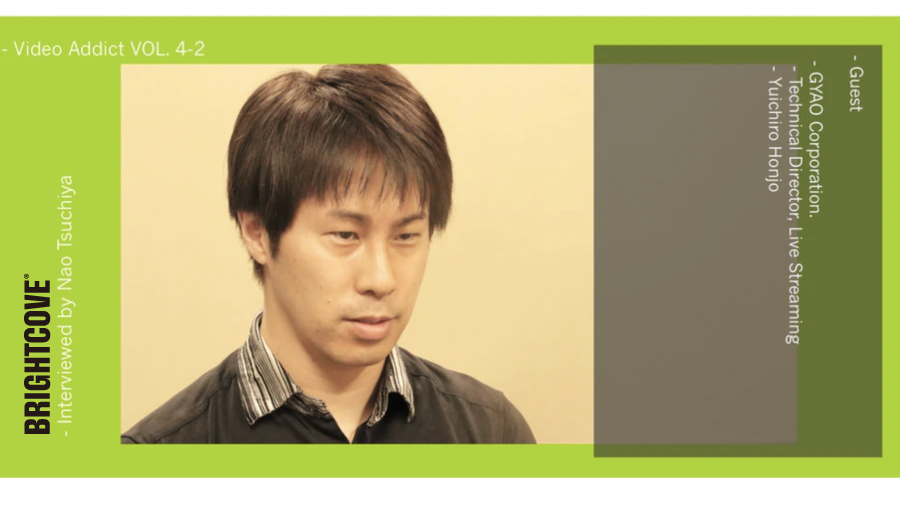The evolution of the streaming media space has accelerated, and consumers are driving massive transformation in content, delivery, and devices. Broadcasters and content owners are searching for ways to get into the space quickly and maintain their relevance with viewers—who increasingly are looking to OTT services as their primary source of video entertainment.
The subscription video on-demand (SVOD) space alone is expected to reach nearly 1 billion subscriptions by 2023, nearly double what it is today, and that doesn’t even touch on the growth anticipated to happen with ad-supported video services.
Having the right insights will help you build your business.
That’s why we’ve put together Brightcove’s Q2 2019 Global Video Index, a deep dive into the consumer behavior that’s at the root of OTT’s growth. The Video Index looks at hundreds of millions of data points from the quarter for insights into how viewers are watching, what devices they are watching on, and what kind of content they’re consuming.
MOBILE MAKES A MOVE TO DOMINATE
In Q2, plays on mobile devices—smartphones and tablets—grew to 53% of all video starts globally—thereby “flipping the field,” as mobile plays grabbed the majority share compared to desktop computers.
The biggest growth in share was by smartphones, which saw more than a 45% share of all videos played on mobile devices and computers. That’s up from 38% a year ago.
We also looked at how the numbers shook out in seven markets: the Americas (the United States and Canada), Australia/New Zealand, APAC, Europe, Latin America, Japan/Korea, and the Middle East/Africa.
In emerging markets, especially APAC, mobile is king. A whopping 84% of all plays in the region were on mobile devices. In Japan/Korea, the share was 58%, and in the Middle East/Africa, mobile share was 57%.
In every region (except the Americas), mobile took share from desktop computers.
Leveraging mobile video consumption continues to be crucial for OTT providers as they look to not only reach younger viewers, who traditionally have been mobile-first, but also older demographics that have simply discovered mobile video as a convenient way to consume content outside the home. The amount of content being consumed on mobile devices has more than doubled over the past year—as more content owners and distributors make premium content available to consumers where they want it, when they want it, and on any device they want.
That growth will continue as more content, especially high-value sports content, finds mobile a very welcoming and profitable path to follow.
IOS LOSES SHARE TO ANDROID
On mobile devices, the dominance of iOS (iPhones and iPads) has eroded in the past year. The share of video viewed on Android devices now is significantly higher in four of the seven world regions we reported on for Q2. Just three regions—the Americas, Australia/New Zealand, and Japan/Korea—see more video plays on iOS devices than on Android devices.
On a worldwide scale, Android smartphone share has increased to 68% from 59% from a year ago. But Apple’s iPad remains dominant in tablet plays.
Nowhere is Android as dominant as it is in APAC. Some 92% of video plays are on Android phones and tablets. Europe is next highest with 70% of plays being on Android devices. Of the three regions dominated by iOS, only Japan/Korea saw growth in Q2 from a year ago.
LONG-FORM CONTENT DOMINATES TIME WATCHED
Continuing a trend, long-form video (21-40 mins.) and ultra-long-form video (41+ mins.) saw faster growth in its share of time watched in Q2 on every device, including mobile phones.
Ultra-long-form content took the highest total share of time watched across all devices, with short-form video (0-5 mins.) having the highest number of assets published.
The increasing quality of delivery to mobile devices, cheaper data plans, and more affordable Android smartphones from China, have had a significant impact on how content is consumed.
We’re seeing total screen democracy with the closest screen at hand being the screen of choice. Mobile is no longer dominated by snackable content. It’s providing a multi-course meal to consumers.
At IBC earlier this month, as we saw at NAB, the core of the discussion has changed to delivering content direct-to-consumers—with more personalization and fewer limitations as to what’s included in the content mix. That’s a trend that will continue the growth of OTT content consumption. We’ll continue to see growth on all devices, with longer content dominating time watched.
The Brightcove Global Video Index reflects the anonymized, aggregated, online video metrics of Brightcove customers.

